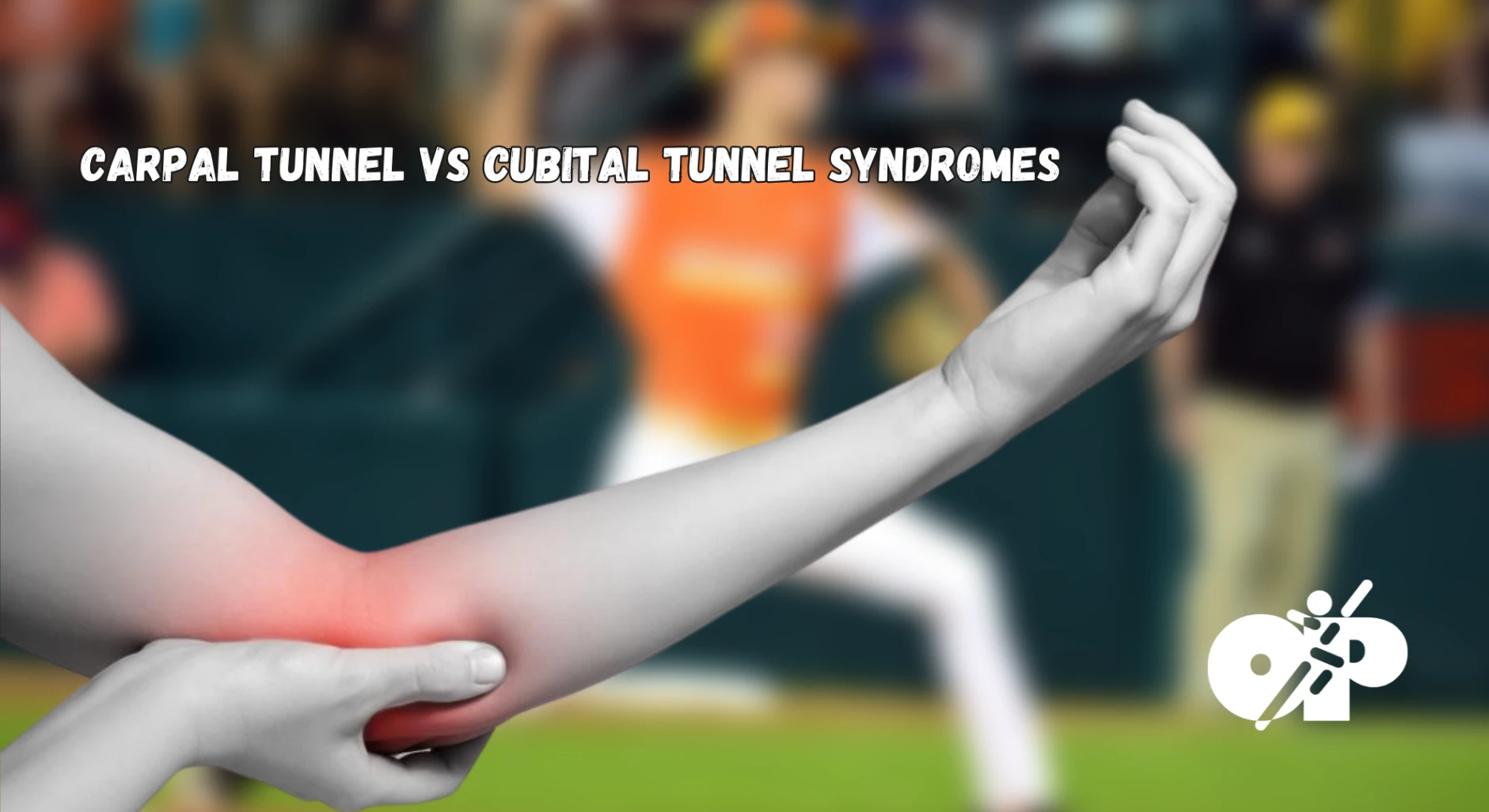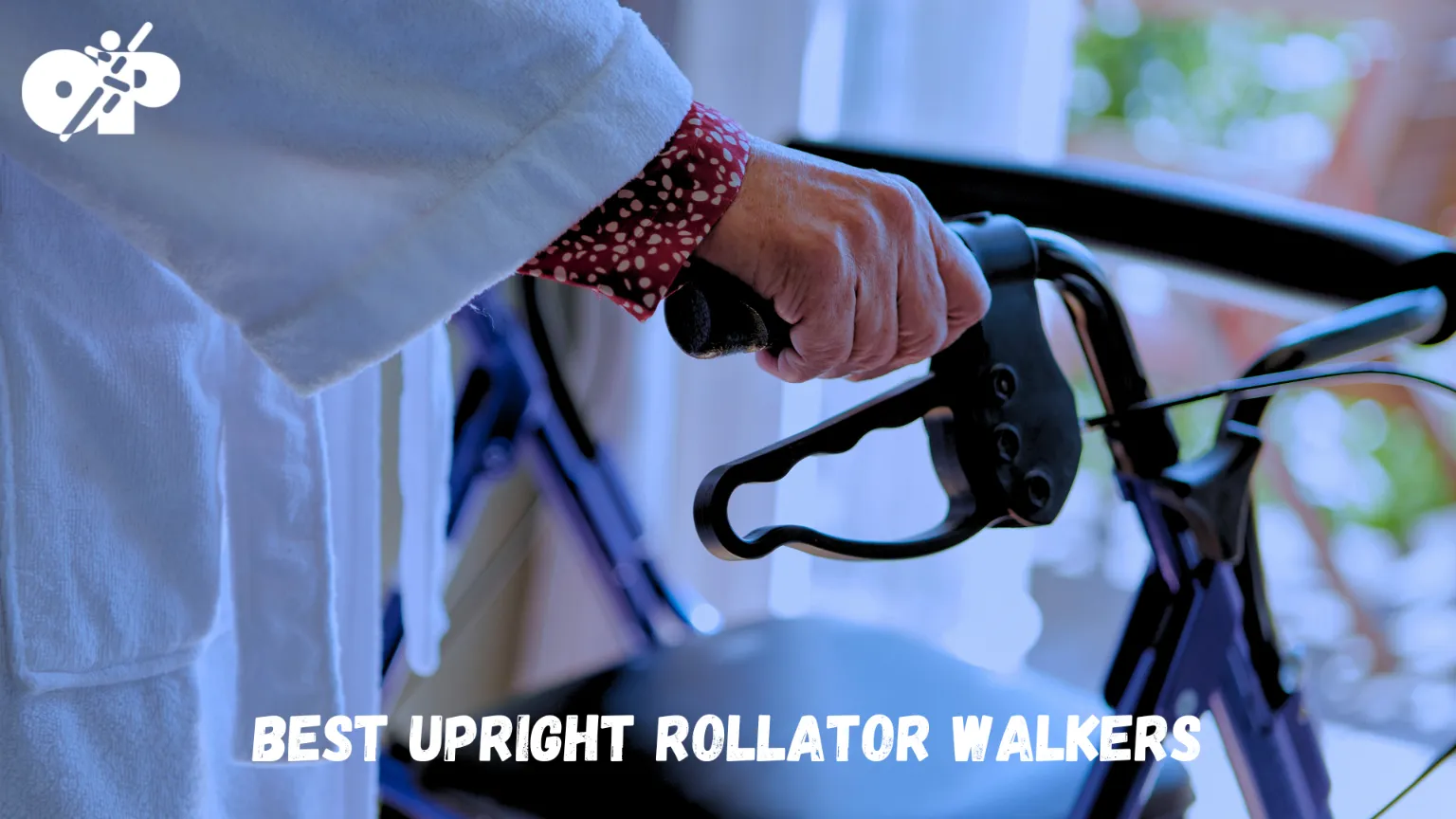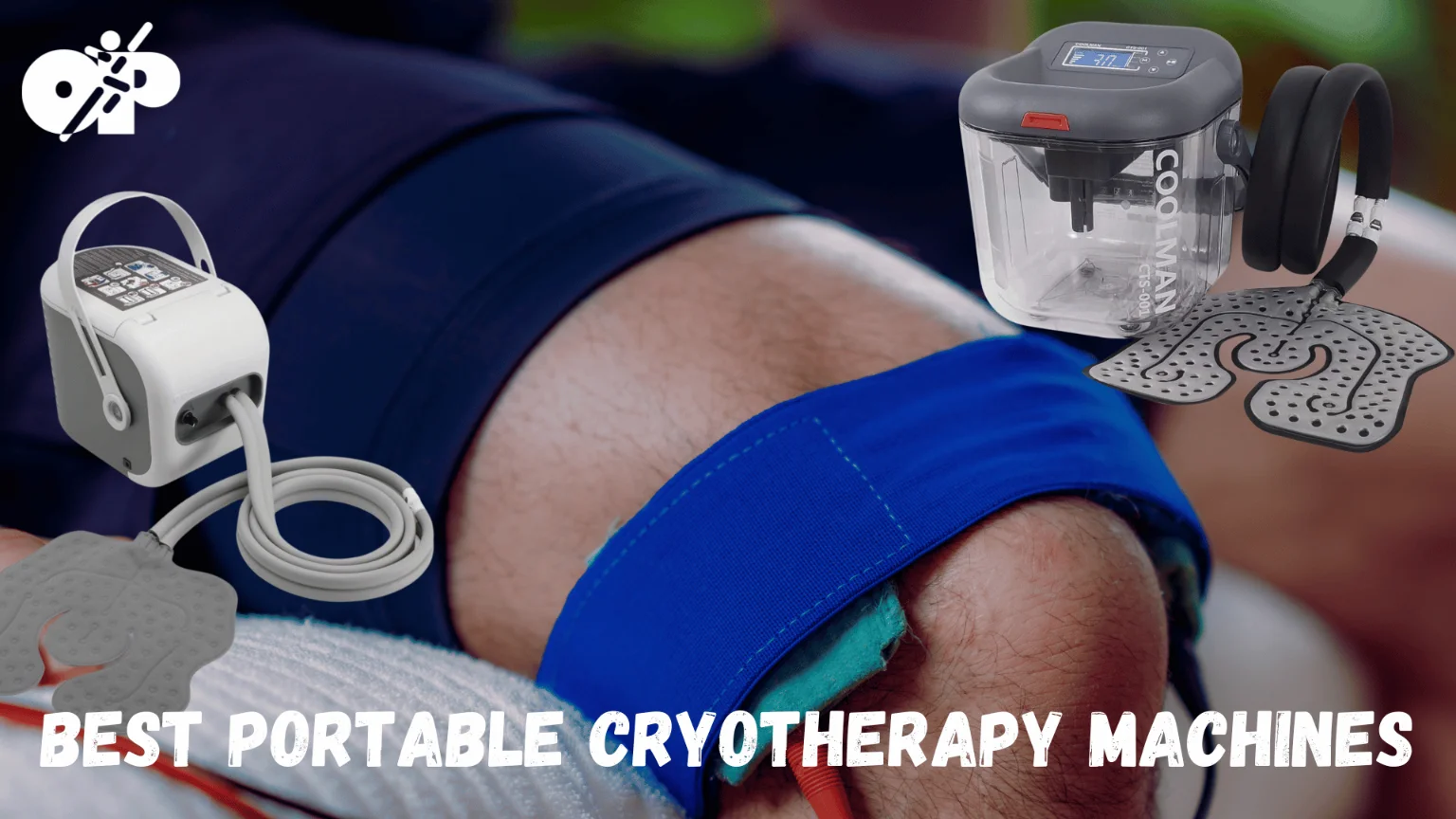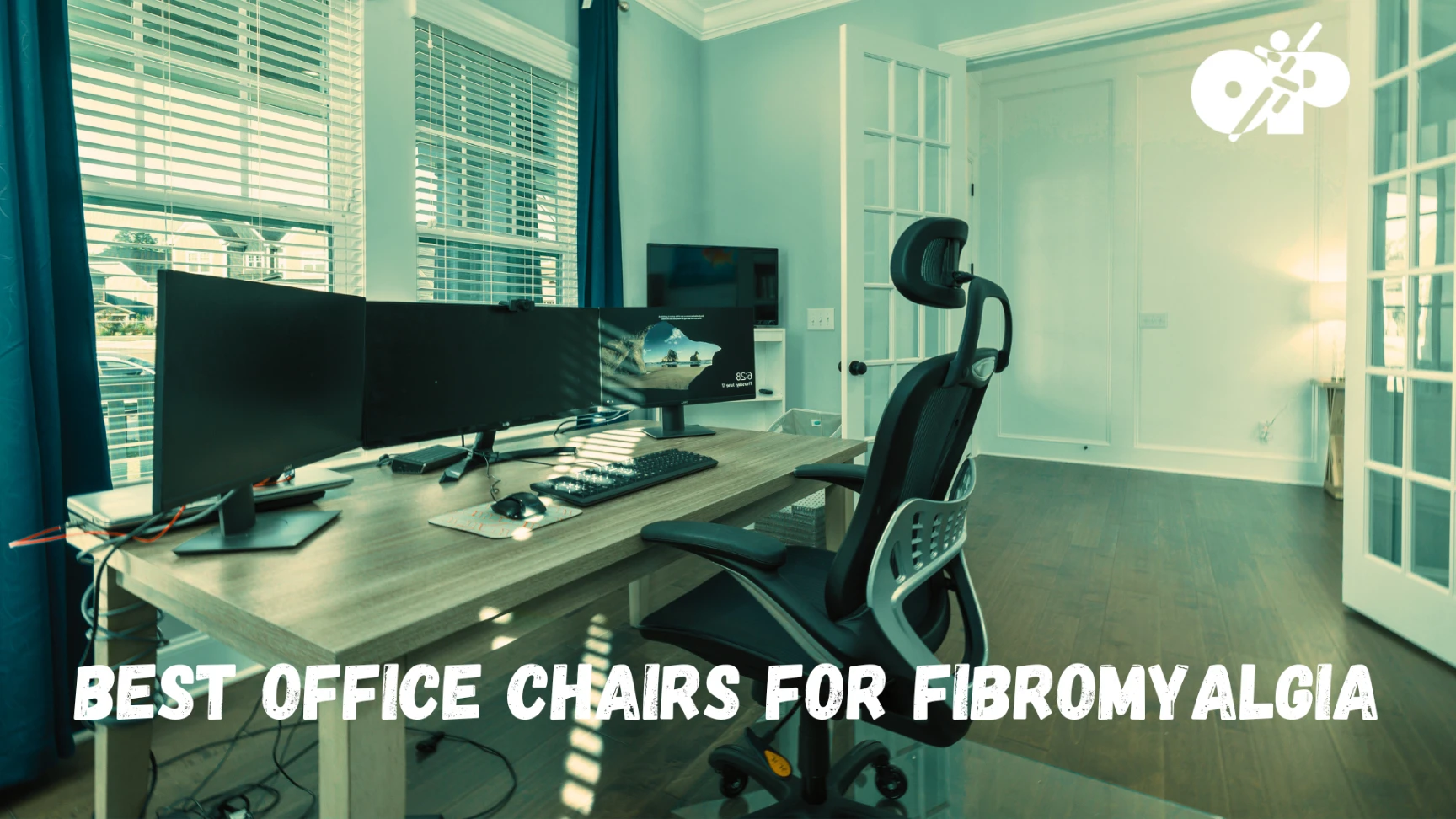Carpal Tunnel Syndrome (CTS) and Cubital Tunnel Syndrome (CuTS) are two prevalent conditions that affect the nerves in the arm, leading to pain, numbness, and other symptoms. While both syndromes involve nerve compression, they are distinct in their causes, locations, and treatments.
Anatomy of Carpal Tunnel Syndrome
What is the Carpal Tunnel?
The carpal tunnel is a narrow passage in the wrist formed by the carpal bones and the transverse carpal ligament. The median nerve passes through this tunnel, providing sensation and function to specific fingers.
What Causes Compression?
Compression of the median nerve within the carpal tunnel leads to CTS. Factors such as repetitive wrist movements, wrist fractures, fluid retention during pregnancy, or underlying health conditions like rheumatoid arthritis and diabetes can contribute.
Anatomy of Cubital Tunnel Syndrome
What is the Cubital Tunnel?
The cubital tunnel is a narrow channel at the inner part of the elbow where the ulnar nerve travels. This nerve provides sensation to the ring and little fingers and controls some hand muscles.
What Causes Compression?
CuTS arises from compression or stretching of the ulnar nerve. Contributing factors include prolonged elbow bending (such as during sleep), leaning on the elbow, previous elbow fractures, or conditions like osteoarthritis.
Understanding Carpal Tunnel Syndrome (CTS)
What is Carpal Tunnel Syndrome
Carpal Tunnel Syndrome occurs when the median nerve, which runs from the forearm to the palm of the hand, becomes compressed at the wrist. This nerve is responsible for sensations in the thumb, index finger, middle finger, and part of the ring finger. It also controls some small muscles at the base of the thumb.
The carpal tunnel itself is a narrow passageway in the wrist, surrounded by bones and ligaments. When this tunnel becomes narrowed or tissues surrounding the tendons swell, it can put pressure on the median nerve, leading to CTS.
Causes of CTS
CTS is typically caused by factors that lead to the compression of the median nerve. Some common causes include:
- Repetitive Wrist Motions Jobs or hobbies that involve repetitive hand and wrist movements, such as typing or assembly line work, can cause inflammation in the tunnel and pressure on the nerve.
- Obesity Increased body mass can contribute to the narrowing of the carpal tunnel, compressing the nerve.
- Rheumatoid Arthritis Inflammatory conditions like rheumatoid arthritis can cause swelling in the wrist that compresses the nerve.
- Pregnancy Fluid retention during pregnancy can cause swelling in the wrist and pressure on the median nerve.
- Diabetes Diabetes increases the risk of nerve damage, including the median nerve.
Symptoms of CTS
The symptoms of Carpal Tunnel Syndrome typically start gradually and may vary in intensity from person to person. Common symptoms include:
- Numbness and Tingling Often felt in the thumb, index, and middle fingers.
- Weakness Difficulty gripping objects and a tendency to drop things.
- Pain Pain or discomfort in the hand and wrist, sometimes extending up the arm.
- Night-time Symptoms Many people with CTS experience symptoms more prominently at night.
Treatment for CTS
Treatment for Carpal Tunnel Syndrome aims to relieve symptoms and restore normal function in the wrist and hand. Treatment approaches may include:
- Rest and Splinting Wearing a wrist splint, especially at night, can help keep the wrist in a neutral position, reducing pressure on the median nerve.
- Physical Therapy Physical therapists may provide exercises and stretches to strengthen the wrist and hand muscles, improving symptoms.
- Medication Nonsteroidal anti-inflammatory drugs (NSAIDs) may be prescribed to reduce inflammation and relieve pain.
- Surgery In severe cases, surgery may be required to release the ligament and enlarge the carpal tunnel, relieving pressure on the nerve.
Understanding Cubital Tunnel Syndrome (CuTS)
What is Cubital Tunnel Syndrome
Cubital Tunnel Syndrome is a condition where the ulnar nerve gets compressed in the area near the elbow. This nerve runs from the neck down the arm into the hand and is responsible for sensations in the ring and little fingers. The ulnar nerve passes through the cubital tunnel, a space bound by bone, muscle, and ligament near the elbow, and any pressure or irritation in this area can lead to CuTS.
Causes of CuTS
Several factors can contribute to the development of Cubital Tunnel Syndrome, including:
- Prolonged Elbow Bending Holding the elbow in a bent position for extended periods, like when talking on the phone or sleeping, can stretch the ulnar nerve.
- Direct Pressure on the Elbow Leaning on the elbow for a long time can put pressure on the nerve.
- Arthritis Arthritic changes in the elbow can cause narrowing of the cubital tunnel.
- Previous Fractures Past elbow injuries or fractures can lead to bone spurs or other changes in the tunnel, compressing the nerve.
Symptoms of CuTS
The symptoms of Cubital Tunnel Syndrome generally relate to the areas of the hand supplied by the ulnar nerve. Common symptoms include:
- Numbness and Tingling Often felt in the ring and little fingers, especially when the elbow is bent.
- Weakness in the Hand Difficulty with tasks requiring fine motor skills, like typing or buttoning a shirt.
- Pain in the Elbow Dull, aching pain in the elbow, which might radiate down the forearm.
Treatment for CuTS
Treatment for Cubital Tunnel Syndrome aims to reduce pressure on the ulnar nerve and relieve symptoms. Typical treatments may include:
- Avoiding Pressure on the Elbow Avoiding activities that put prolonged pressure on the elbow, using padded cushions, or changing sleeping positions.
- Wearing a Splint A splint or brace that keeps the elbow in a straight position, especially at night, can prevent stretching of the nerve.
- Physical Therapy Exercises to stretch and strengthen the muscles around the elbow can be beneficial.
- Medication NSAIDs may be used to reduce inflammation.
- Surgery If conservative treatments fail, surgery may be required to release the nerve, remove bone spurs, or make more space for the nerve within the tunnel.
Recommended for you:
- Kinesio Tape – Introduction & Significant Drawbacks
- A New Approach to Knee Health & Range of Motion Exercises
- Healing Touch & Kinesio Taping for Achilles Tendon Recovery
Comparing Carpal Tunnel and Cubital Tunnel Syndromes
Though CTS and CuTS share some similarities in terms of nerve compression, they also have distinct differences. Understanding these allows for accurate diagnosis and targeted treatment.
Similarities – Carpal Tunnel and Cubital Tunnel
Both CTS and CuTS involve nerve compression and can be linked to repetitive motions or prolonged positions. Initial treatments for both usually focus on lifestyle modification, physical therapy, and medication.
Differences – Carpal Tunnel vs Cubital Tunnel
CTS affects the wrist and the median nerve, whereas CuTS affects the elbow and the ulnar nerve. The specific symptoms differ depending on the affected nerve and location. Furthermore, surgical interventions for these conditions are distinct in their approach, depending on the anatomy of the affected area.
Diagnosis of Carpal Tunnel Syndrome
Physical Examination
The doctor may perform a detailed examination of the wrist, hand, and fingers, looking for any signs of median nerve compression. Tests such as Tinel’s sign (tapping over the median nerve) and Phalen’s maneuver (flexing the wrist) can provoke CTS symptoms, supporting the diagnosis.
Electromyography and Nerve Conduction Studies
These specialized tests provide insights into the median nerve’s function. Nerve conduction studies measure the speed of nerve impulses, while electromyography assesses muscle response. Abnormal results can confirm CTS.
Imaging
X-rays or MRI scans can exclude other conditions and give detailed insights into the wrist’s anatomy. They can show any structural abnormalities that might be compressing the median nerve.
Diagnosis of Cubital Tunnel Syndrome
Physical Examination
Physical tests for CuTS focus on the ulnar nerve at the elbow. The healthcare provider may use Froment’s sign to evaluate pinching strength or the elbow flexion test to see if bending the elbow reproduces symptoms.
Nerve Conduction Studies
These tests can identify any delay in nerve signals along the ulnar nerve, pointing to compression at the elbow.
Imaging
Imaging such as X-rays or MRI can provide information about the elbow’s structure, ruling out other conditions that might be causing symptoms.
Rehabilitation and Management Strategies for Carpal Tunnel Syndrome
Wrist Splinting
Wearing a wrist splint can keep the wrist in a neutral position, reducing pressure on the median nerve and alleviating symptoms.
Physical Therapy
Exercises and stretches that focus on strengthening and improving wrist function can promote healing and prevent further injury.
Ergonomic Adjustments
Modifying workspaces or daily activities to minimize wrist strain can play a crucial role in managing CTS.
Medication
NSAIDs or corticosteroid injections may be used to reduce inflammation and pain.
Surgical Intervention and Post-surgical Rehabilitation
In severe cases, surgery may be required. This is followed by rehabilitation to restore strength and function.
Rehabilitation and Management Strategies for Cubital Tunnel Syndrome
Avoiding Pressure on the Elbow
Lifestyle modifications, such as not leaning on the elbow or using padded cushions, can prevent nerve stretching and reduce symptoms.
Bracing and Physical Therapy
Bracing the elbow or engaging in targeted exercises can help strengthen the muscles and relieve compression on the ulnar nerve.
Massage and Corticosteroid Injections
Massage can ease muscle tightness, while corticosteroid injections can reduce inflammation.
Surgery
In severe or persistent cases, surgery may be required to decompress the ulnar nerve, followed by rehabilitation.
Common Strategies for Both Conditions
The management and treatment of both Carpal Tunnel Syndrome (CTS) and Cubital Tunnel Syndrome (CuTS) share some similarities, allowing a unified approach in some aspects. Here are the common strategies elaborated:
Patient Education
Educating patients about their specific condition, whether it’s CTS or CuTS, is essential. By understanding the root causes, symptoms, and potential treatments, patients can make informed decisions about their care. This includes awareness of which activities might exacerbate the condition and ways to modify those activities.
Lifestyle Modification
Both conditions may require significant changes in daily routines. For CTS, this might involve adjusting how one types or holds objects. For CuTS, it might mean avoiding resting on the elbows or sleeping with the arms bent. These modifications aim to minimize strain on the affected nerve and promote healing.
Regular Monitoring
Ongoing assessments and regular follow-ups with healthcare providers are vital to track progress and make necessary adjustments to the treatment plan. Monitoring can include physical examinations, repeated nerve conduction studies, or self-reporting of symptoms. Timely intervention can prevent further complications and enhance recovery.
Special Considerations for Each Condition
While there are similarities in the approach to these two syndromes, there are also unique aspects to consider:
Special Considerations for CTS
- Workplace Ergonomics Adjusting workstations, using ergonomic keyboards, or modifying work habits can reduce strain on the wrist.
- Splinting Night splints to keep the wrist in a neutral position can be particularly effective for CTS.
Special Considerations for CuTS
- Elbow Padding Using padding to protect the elbow from pressure, especially in people who lean on their elbows frequently, can be beneficial.
- Elbow Splinting Unlike the wrist splinting in CTS, CuTS might require a brace to keep the elbow straight, particularly during sleep.
Prevention of CTS and CuTS
Prevention strategies for both conditions involve recognizing the risk factors and taking proactive measures:
- Regular Breaks Taking breaks from repetitive activities and changing positions can prevent nerve compression.
- Proper Technique Practicing proper body mechanics, whether in sports or at work, reduces strain on the nerves.
- Healthy Lifestyle Maintaining a healthy weight and managing conditions like diabetes can lower the risk of developing these syndromes.
- Early Intervention Recognizing early symptoms and seeking prompt medical care can prevent the conditions from worsening.
Carpal Tunnel Syndrome vs Cubital Tunnel Syndrome – Conclusion
Carpal Tunnel Syndrome and Cubital Tunnel Syndrome, while affecting different nerves and areas of the arm, share commonalities in their approach to diagnosis, treatment, and prevention. Understanding these aspects helps in devising individualized care plans that cater to the specific needs and challenges of each condition.
By integrating patient education, lifestyle modifications, and regular monitoring, along with specialized interventions as needed, both conditions can be effectively managed. Collaboration between healthcare providers and patients, with an emphasis on prevention and early intervention, is key to successful outcomes.
This comprehensive look into CTS and CuTS provides a valuable resource for healthcare professionals, patients, and anyone interested in understanding these common yet distinct nerve compression syndromes.





